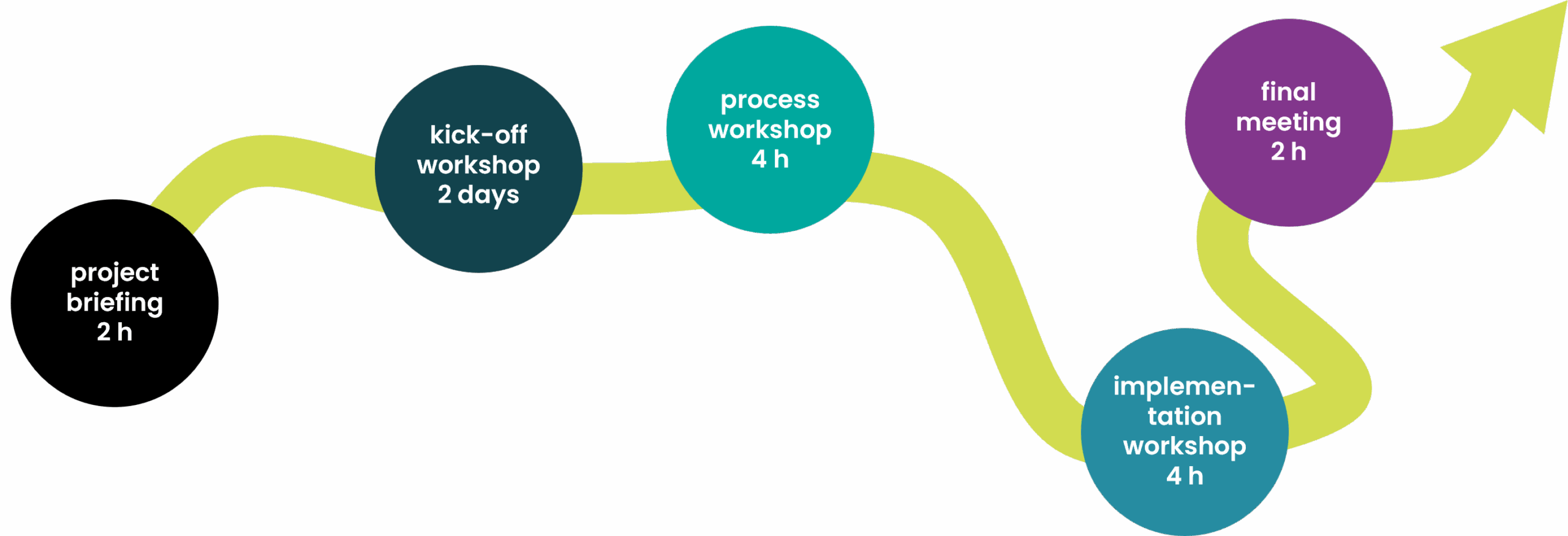What is the purpose of analyzing and optimizing processes in public administration?
Citizen expectations are increasing.
Services are expected to be delivered faster and function smoothly.
Digital Transformation and the Online Access Act (OZG) promise simplification.
These benefits can only be achieved if processes are clearly analyzed and optimized in advance.
Staff shortages in public administrations
Due to numerous vacant positions, available personnel resources must be used in a targeted and efficient manner.
Continuous improvement rarely takes place.
Changes to processes are rarely incorporated in a systematic way, leading to increasing complexity and a lack of transparency. On average, processes contain about 30% waste and error.
















































